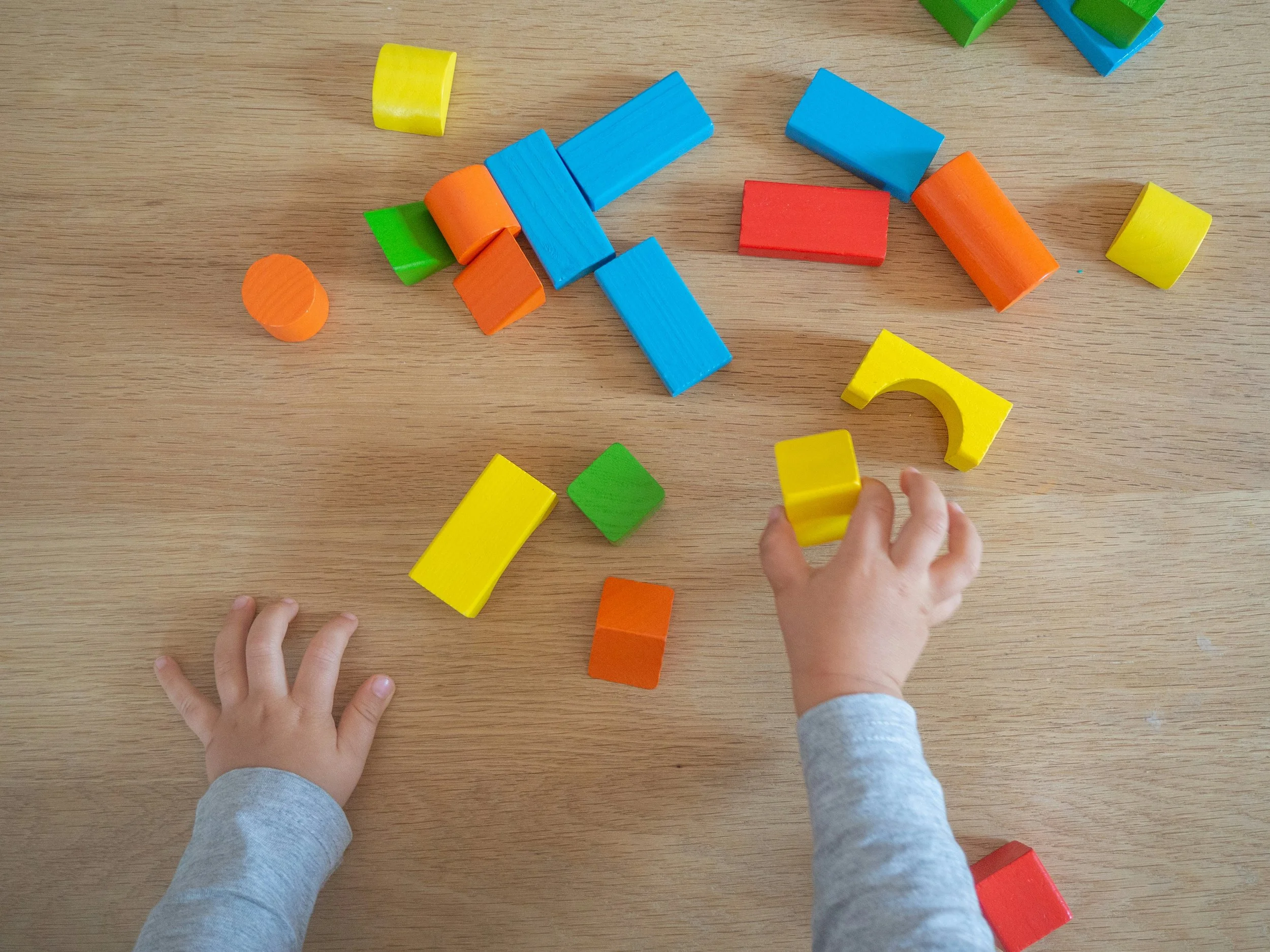The Science of Playful Learning: Why Play Is the Best Teacher
As a nanny, you already know that kids learn through play—but did you know there’s real science behind it?
Play isn’t just fun or a way to pass the time. It’s actually one of the most powerful ways children build critical skills, develop emotionally, and make sense of the world. Whether you’re stacking blocks with a toddler or going on a nature walk with a school-aged child, you're engaging in what researchers call playful learning—and it’s essential for a child’s healthy development.
Here’s what nannies need to know about the science behind play, and how to incorporate it into everyday life.
🧩 What Is Playful Learning?
Playful learning is a blend of child-led exploration and intentional adult support. Think of it as guided play: the child is in charge of the fun, but you, as the caregiver, help create opportunities to stretch their thinking, language, and creativity.
This type of learning:
Builds cognitive and social skills
Encourages curiosity and resilience
Helps kids develop language, motor skills, and emotional awareness
Fosters independence and confidence
🧠 What Does the Research Say?
Studies from institutions like the Harvard Center on the Developing Child and the LEGO Foundation show that play directly supports executive function—skills like memory, flexible thinking, and self-control. These are the building blocks of problem-solving, learning, and decision-making.
In fact, children who regularly engage in open-ended, imaginative play tend to have stronger language skills, better emotional regulation, and improved cooperation with others.
💡 5 Types of Play That Support Learning
1. Free Play
Letting kids choose their own activities—like pretend play, building, or drawing—encourages decision-making and independence.
Try: Set up a basket of costumes, blocks, or art supplies and let them lead the way.
2. Guided Play
You set up the environment or activity, but let the child explore it freely.
Try: Create a sensory bin, a nature scavenger hunt, or a themed storytelling game.
3. Constructive Play
This includes building, crafting, and creating—perfect for developing fine motor skills, planning, and patience.
Try: LEGO, kinetic sand, puzzles, or making a bird feeder out of recycled materials.
4. Physical Play
Running, jumping, climbing, and dancing are key for motor development and emotional release.
Try: Obstacle courses in the backyard or silly dance contests in the living room.
5. Social Play
Playing with others helps kids build empathy, communication, and conflict resolution skills.
Try: Role-playing games like “store” or “restaurant,” or cooperative board games.
👩👧 The Nanny’s Role in Playful Learning
As a nanny, you're in a unique position to make play more meaningful. Here’s how to help:
Observe first. Watch what the child is interested in and follow their lead.
Ask open-ended questions. “What do you think will happen if…?” or “How can we build that even taller?”
Model curiosity. Show excitement when discovering new things together.
Give space. Resist the urge to jump in too soon—kids learn through trial and error.
Mix it up. Rotate toys and introduce new materials to spark creativity.
🌈 A Final Word
Playful learning doesn’t require a fancy curriculum or expensive toys. It’s about being present, engaged, and open to where a child’s imagination might take you.
Whether you're indoors on a rainy day or exploring the neighborhood park, every moment has the potential to become a learning opportunity. So lean in, ask questions, and have fun—because in the world of early childhood, play is the work.
👶 Need more activity ideas or child development resources? Reach out to Manhattan Nannies—we're here to support our amazing nannies every step of the way!
